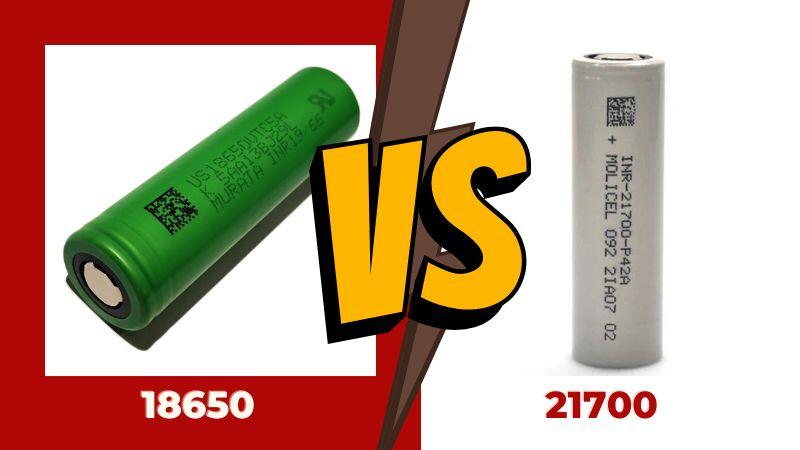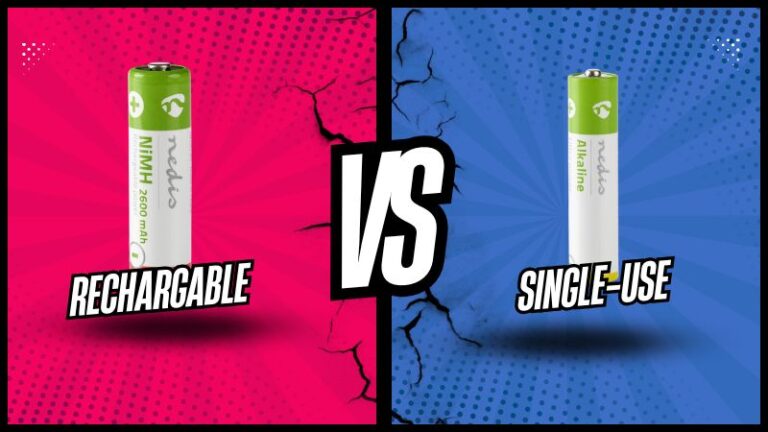Batteries have become an integral part of modern society, powering everything from portable electronics to electric vehicles and renewable energy storage systems. Lithium-ion batteries are one of the most popular types of batteries used today, and within this category, the 18650 and 21700 batteries are among the most widely used sizes.
The 18650 battery was first introduced in the early 1990s and has since become a popular choice for a wide range of applications due to its relatively small size and high energy density. The 21700 battery, on the other hand, is a relatively new addition to the lithium-ion battery family, with its development dating back to 2015. Since then, it has gained popularity due to its higher capacity and power output compared to the 18650 battery.
In this article, we will explore the key differences between the 18650 and 21700 batteries in terms of their specifications, performance, and applications. Understanding these differences is essential for anyone who needs to select the appropriate battery for their specific needs, whether they are a consumer or an engineer designing a complex energy storage system.
Differences Between 18650 and 21700 Batteries
Specifications
The first difference between the 18650 and 21700 batteries is their size. The 18650 battery has a diameter of 18mm and a length of 65mm, while the 21700 battery has a diameter of 21mm and a length of 70mm. This means that the 21700 battery is larger and has a higher capacity than the 18650 battery.
The 18650 battery typically has a capacity of around 3000mAh and can deliver a maximum current of around 10A. In contrast, the 21700 battery has a capacity of around 5000mAh and can deliver a maximum current of around 30A. This means that the 21700 battery has a higher capacity and can deliver more power than the 18650 battery.
Check also – 18350 vs 18650 Batteries: What are the Differences?
Performance
In terms of performance, the 21700 battery has several advantages over the 18650 battery. Firstly, the higher capacity of the 21700 battery means that it can provide longer run times for devices. This makes it ideal for high-power devices such as electric vehicles and power tools.
Secondly, the higher current rating of the 21700 battery means that it can deliver more power to devices that require high current. This makes it ideal for applications such as flashlights and drones, which require high power output.
Finally, the 21700 battery has a lower internal resistance than the 18650 battery. This means that it can deliver more power with less voltage drop, resulting in higher efficiency and longer battery life.
Applications
The 18650 battery has been widely used in various applications such as laptops, flashlights, and electric bikes. However, with the emergence of electric vehicles and renewable energy storage systems, the demand for higher capacity and higher power batteries has increased. This is where the 21700 battery comes in.
The 21700 battery is becoming increasingly popular in high-power applications such as electric vehicles, power tools, and renewable energy storage systems. It is also being used in high-performance flashlights and drones.
Conclusion
The 18650 and 21700 batteries are both popular lithium-ion battery sizes with their own unique advantages. The 18650 battery is smaller and has a lower capacity and current rating, making it ideal for low-power applications. The 21700 battery, on the other hand, is larger and has a higher capacity and current rating, making it ideal for high-power applications. As technology continues to advance, it is likely that we will see more applications for both battery sizes in the future.




